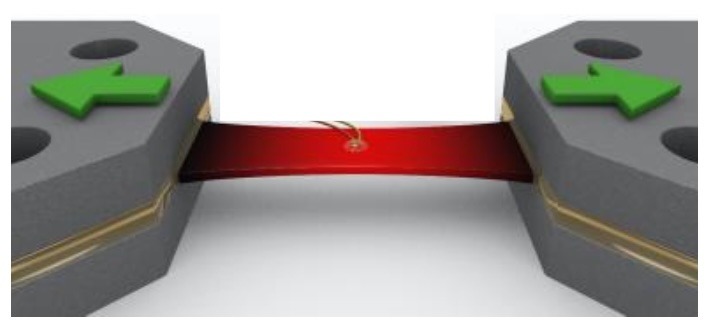
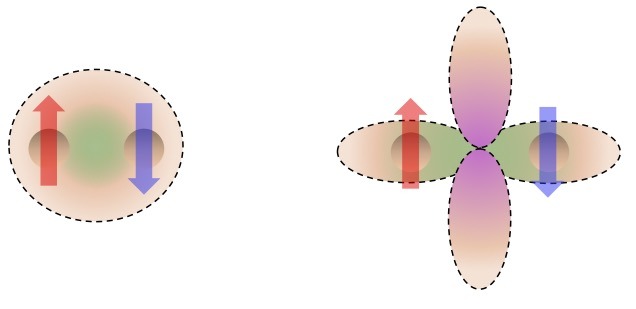
Laboratoire: MPQ (Matériaux et Phénomènes Quantiques), Université Paris Cité & CNRS
Adress: Bâtiment Condorcet – 10 Rue A. Domon et L. Duquet – 75013 Paris
Internship/PhD supervisor: Yann Gallais
Tel: 0157276989
e-mail: yann.gallais@u-paris.fr
Scientific project:
Unconventionnal superconductors are a class of materials where electronic interactions are believed to play a key role in establishing the electron pairing responsible for the superconducting state. Among them the iron-based superconductors (Fe SC) have a rich phase diagram where superconductivity lies nearby, or even coexists, with other electronic ordered phase like anti-ferromagnetism and electron nematicity. A defining feature of Fe SC is the nearby degeneracy of SC ground states which can be distinguished by the symmetry properties of the ground state wave function such as s-wave and d-wave pairing state [1,2]. In particular, it has been predicted that the balance between SC ground states can be modified using anisotropic strain [3].
The close proximity of symmetry distinct SC states is expected to lead to a novel SC collective mode, predicted more than 60 years ago by Bardasis and Schrieffer (BS) [4]. This mode can be probed by optical spectroscopies such as inelastic Raman light scattering. The BS mode is a unique fingerprint of the energy balance between different SC ground states, and also of exotic SC states like the time-reversal symmetry breaking s+id wave state than can appear near the degeneracy point [5]. In this internship we propose to use uni-axial strain to induce a quantum phase transition between a s-wave and a d-wave SC ground state in the Fe SC BaKFe2As2. The quantum phase transition will be detected by tracking the evolution of the BS mode using low temperature Raman scattering combined with a piezo-based strain device. The internship is expected to be pursued into a PhD thesis under a collaborative ANR-DFG grant with the group of Anna Böhmer in Bochum (Germany).
[1] R. Fernandes et al. Nature, 601, 35 (2022)
[2] J. C. Philippe et al. Phys. Rev. Lett. 129, 187002 (2022)
[3] R. Fernandes and A. Millis, Phys. Rev. Lett. 111, 127001 (2013)
[4] A. Bardasis and J. Schrieffer, Phys. Rev. 121, 1050 (1961)
[5] Sarkar and Maiti, Phys. Rev. B 109, 094515 (2024)
Contact: Yann Gallais
À lire aussi

Towards light control of van der Waals magnets
Laboratoire: MPQ (Matériaux et Phénomènes Quantiques), Université Paris Cité & CNRS Adress: Bâtiment Condorcet – 10 Rue A. Domon et L. Duquet – 75013 Paris Internship/PhD supervisor: Niloufar Nilforoushan and Yann Gallais Tel: 0157276223 e-mail:...
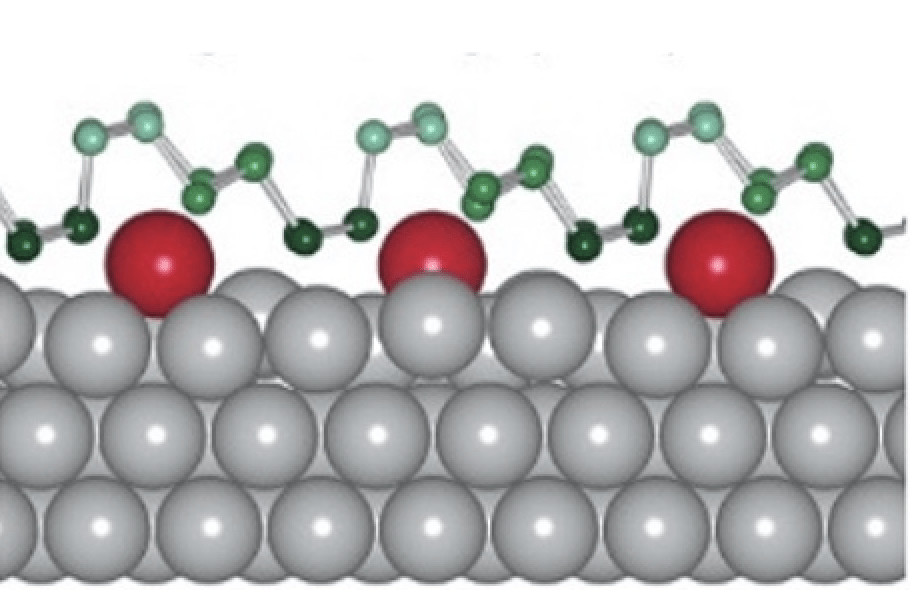
Electronic properties of strained phosphorene allotropes
(a) sketch of a vicinal surface . (b) One of Phophorene allotropes. (c) STM picture of atomic arrangement. Laboratoire: MPQ (Matériaux et Phénomènes Quantiques), Université Paris Cité & CNRSAdress: Bâtiment Condorcet – 10 Rue A. Domon et L. Duquet – 75013...
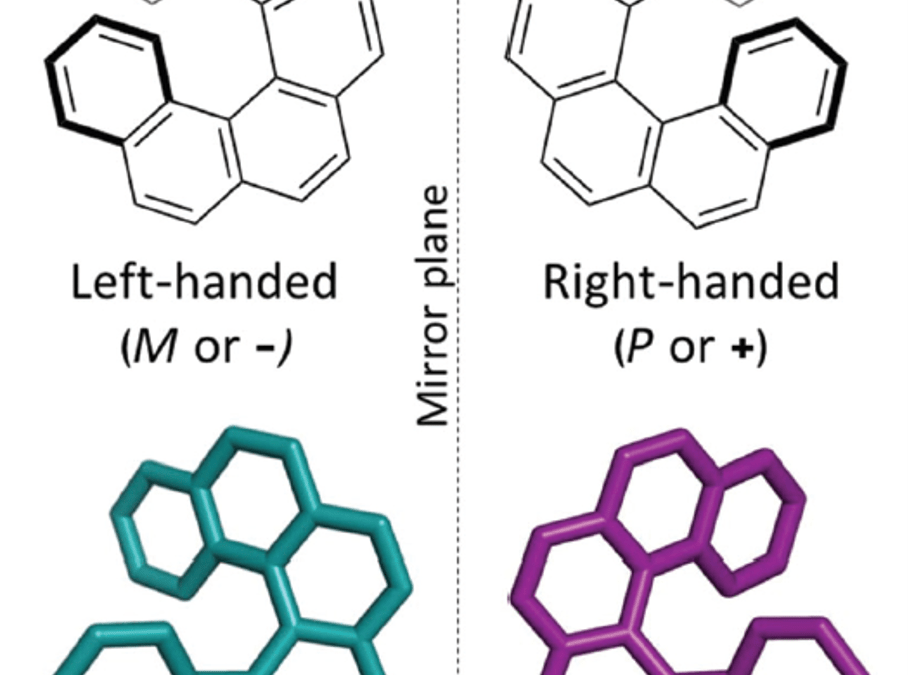
Properties of chiral molecule / metallic interfaces
Laboratoire: MPQ (Matériaux et Phénomènes Quantiques), Université Paris Cité & CNRSAdresse: Bâtiment Condorcet – 10 Rue A. Domon et L. Duquet – 75013 ParisDirecteur de stage/thèse: Amandine BellecTel: 0157276290e-mail: amandine.bellec@u-paris.fr Scientific...
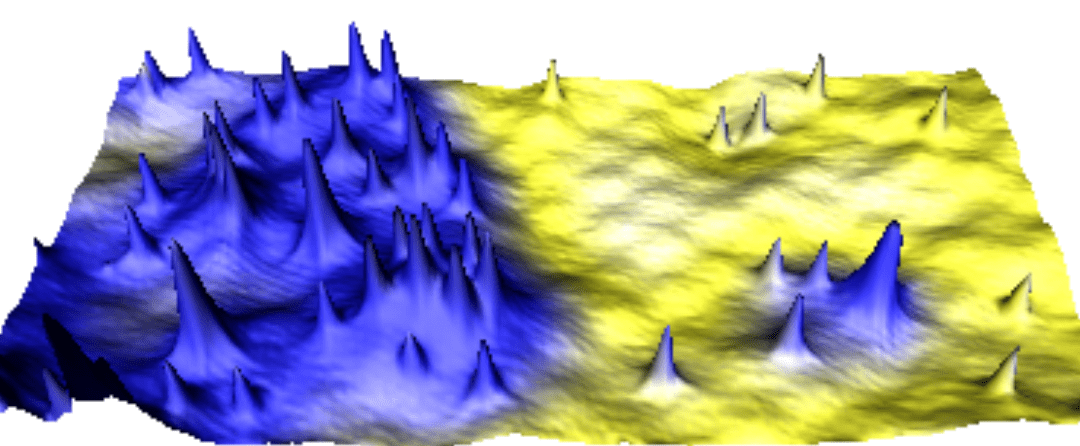
Controlling the properties of 2D materials at the atomic scale by defect engineering
Laboratoire: MPQ (Matériaux et Phénomènes Quantiques), Université Paris Cité / CNRSAdress: Bâtiment Condorcet – 10 Rue A. Domon et L. Duquet – 75013 ParisInternship/PhD supervisor: Jérôme LagouteTel: 0157276299e-mail: jerome.lagoute@u-paris.fr STM image (20 nm x 40...
